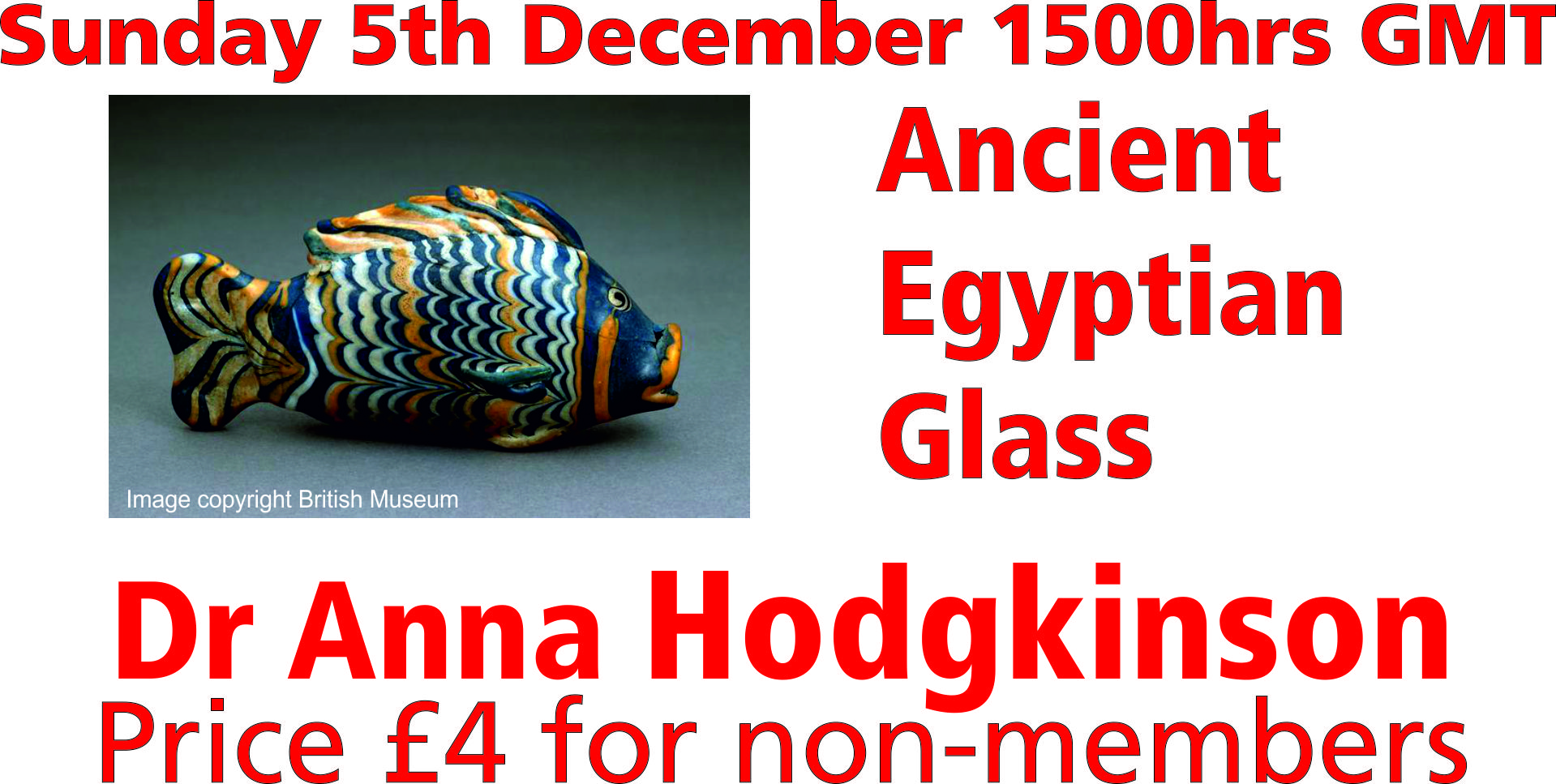Click here to download a review of this talk.
How was glass made in Late Bronze Age Egypt, and how was it worked into finished objects? Where did the raw materials come from, and how can we trace their origins? How and where were colourful core-formed vessels and jewellery, especially beads from glass, made, and by whom? These questions will be the focus of this lecture. In order to illustrate the individual steps of glass production and working, we will look at the data procured at the site of Amarna in Middle Egypt through excavation, experimental archaeology and chemical analysis during the last few decades. Glass was produced and worked at Amarna and – probably – exported from there. In particular, the data obtained during the excavation of workshop M50.14-16 in the Main City South has demonstrated that glass could be worked into finished objects at a low technological level in the household and that raw materials were exchanged among the workshops of the city. While this lecture focusses on the material from Amarna, we will also look at other glass workshops, in particular to understand the socio-economic value of glass and why it ceased to be produced at the end of the New Kingdom.

More information can be found on the Freie Universität Berlin page for the project and on the Amarna Project website. Dr Anna Hodgkinson’s website is here.
This talk was given at the December 2021 meeting of the Essex Egyptology Group which was held on 5th December online via Zoom – click here to download a review of this talk.
.